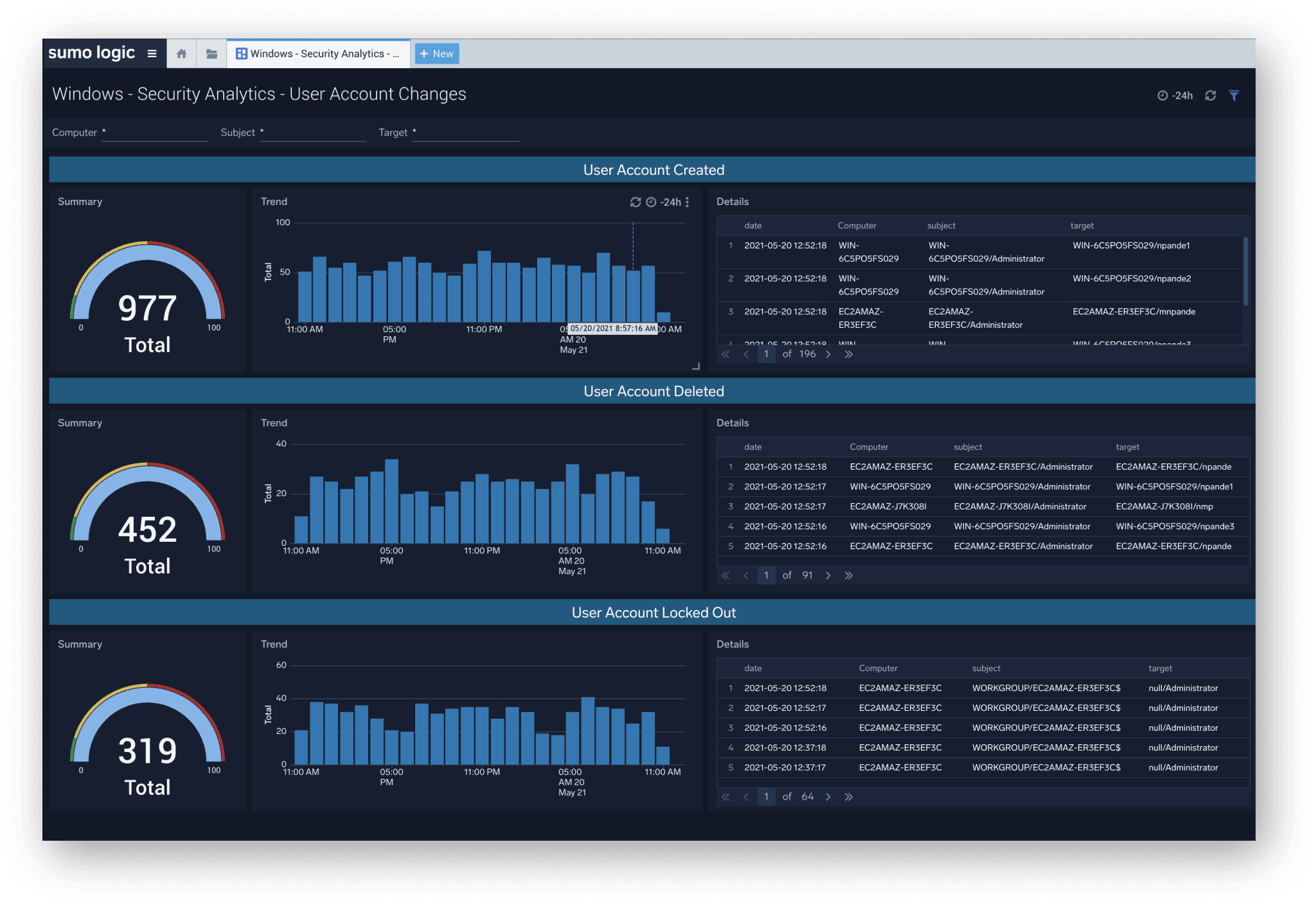What is cloud security monitoring?
Cloud security monitoring typically involves supervising servers, both virtual and physical, to continuously assess and analyze data and infrastructures for threats and vulnerabilities.
Cloud security monitoring solutions rely on automation features to provide ongoing support and assessment capabilities that reduce the risk of costly data breaches. Depending on a company’s hosting platform, some cloud security monitoring is built into application and server hosting, while others are externally added to existing infrastructure.
Key takeaways
- Cloud security monitoring typically runs concurrently with the collection of log data across servers (similar to SIEM tools) but will alert a server administrator to more than just security or breach information.
- Cloud security monitoring has a few approaches, including monitoring that is administered through the cloud itself, on-site with the existing security management tools, or through an external/third-party provider.
- Cloud security monitoring solutions rely on automation features to provide ongoing support and assessment capabilities that reduce the risk of costly data breaches.
- Sumo Logic provides a cutting-edge cloud security monitoring solution that gives you everything you need in one place.
How does cloud security monitoring work?
Cloud security monitoring typically runs concurrently with the collection of log data across servers (similar to SIEM tools) but will alert a server administrator to more than just security or breach information. Cloud security monitoring has a few approaches, including monitoring that is administered through the cloud itself, on-site with the existing security management tools, or through an external/third-party provider.
Cloud monitoring can provide full support and eliminate blindspots for several services and apps, like Amazon Web Services (AWS) Cloudwatch, through a unified cloud solution. Advanced cloud monitoring solutions, like Sumo Logic, can provide instant visibility into AWS services and provide native integrations that will satisfy any local data sovereignty and privacy requirements.
Some of the most important components of cloud security monitoring include:
- Auditing and reporting of findings across different types of environments (databases, log files, source code, server health, etc)
- Able to monitor large volumes of data and scale.
- Visibility into an application, user, or file behavior.
- Able to monitor, scan and provide updates and security assessments in real time.
- Able to integrate into several different types of servers/applications, including third-party apps and SIEM servers.
Benefits of cloud security monitoring
Cloud security monitoring will make security capabilities easier, cheaper, and more customizable for security organizations. Security solutions will ensure that organizations can safely store and transfer data through the cloud with minimal risk of security breaches.
Below are some key benefits of cloud security monitoring:
- Customizability: Cloud security monitoring solutions will allow companies to replace or integrate their cloud solution into their existing infrastructure. The ability of cloud security tools to fit into any local compliance measures makes cloud security monitoring a safe and flexible option.
- Promptness of response to threat/issues: Because cloud security monitoring tools rely on real-time assessment and scanning, organizations can expect a prompt and timely threat-response process.
- Automation: The ability to automate scanning and monitoring processes will save time and costs for your team by freeing up space so you can focus on other important tasks.
- Knowledge and informed decision-making: Automated, real-time assessments mean your team will always have the most accurate and up-to-date information to inform their decision-making capabilities.
 Sumo Logic applies advanced algorithms to accelerate threat detection and investigations at cloud scale.
Sumo Logic applies advanced algorithms to accelerate threat detection and investigations at cloud scale.
Why Sumo Logic is the cloud security monitoring choice
Sumo Logic provides a cutting-edge cloud security monitoring solution that gives you everything you need in one place. Sumo Logic can easily integrate and provide monitoring capabilities for AWS, Azure, and GCP apps, among others.Sumo Logic provides cloud-native data monitoring and analysis that generates actionable security awareness for your cloud and on-premises environments. Our platform makes it easy for teams to prioritize and investigate security insights within your infrastructure.